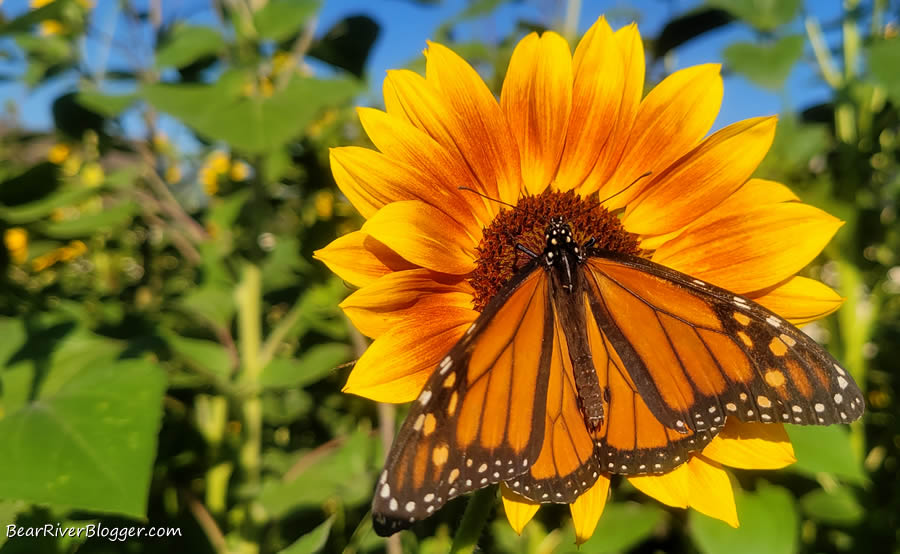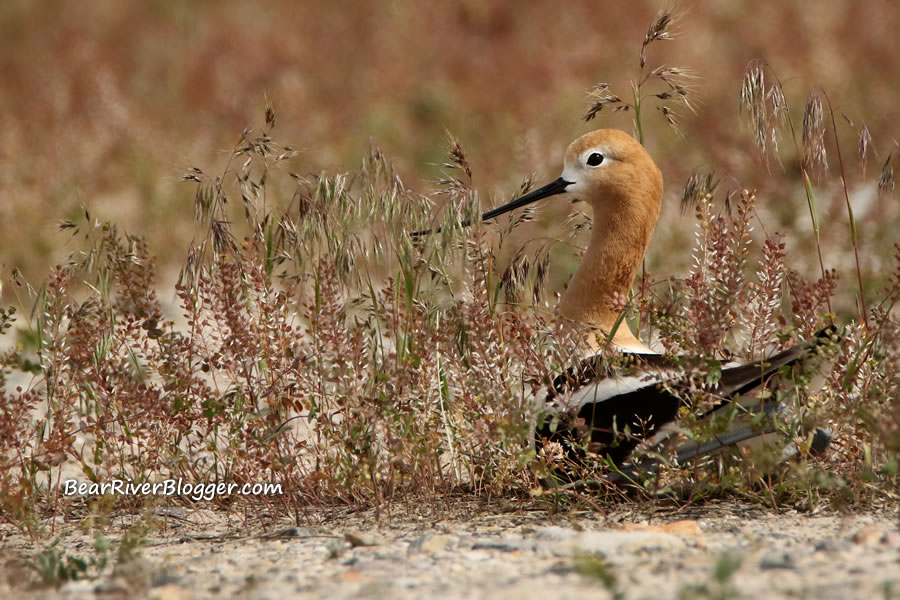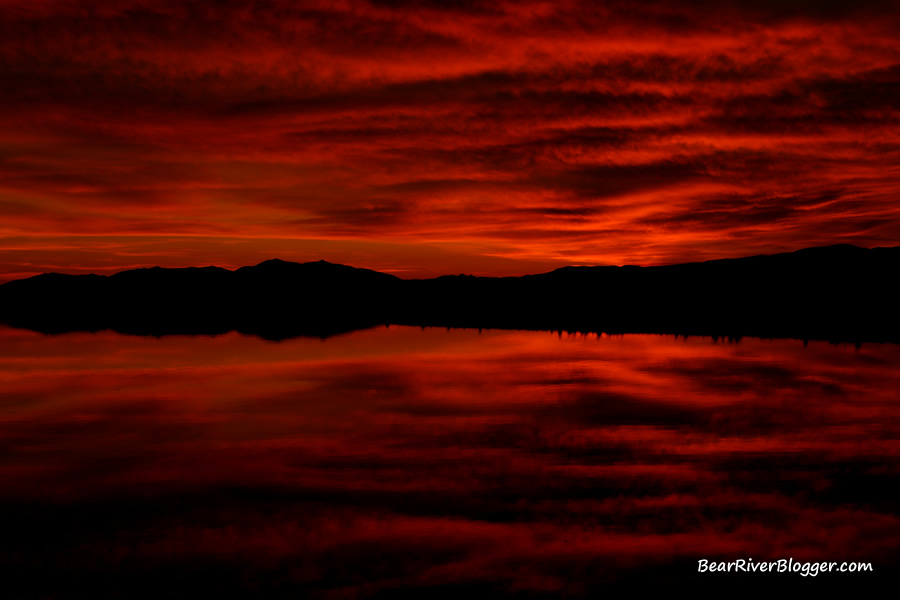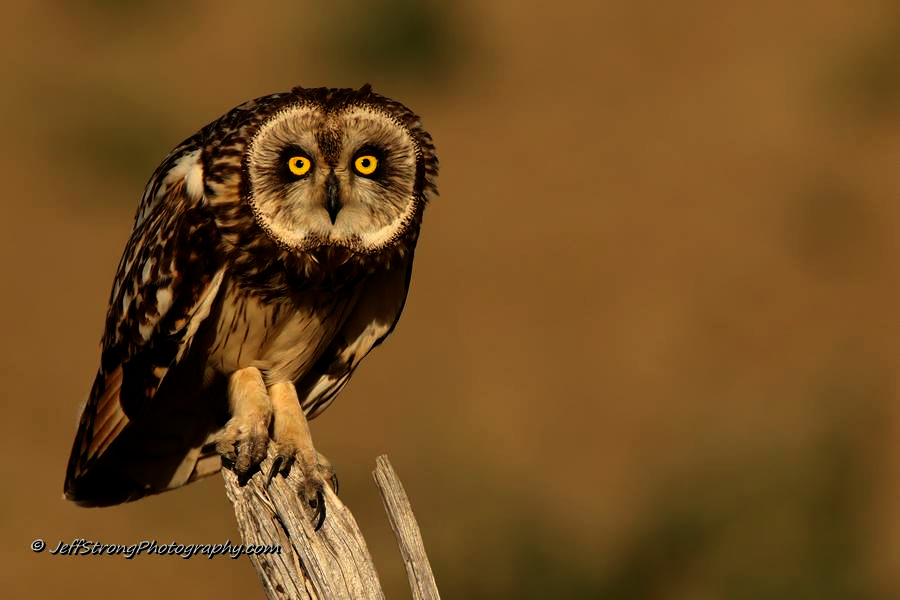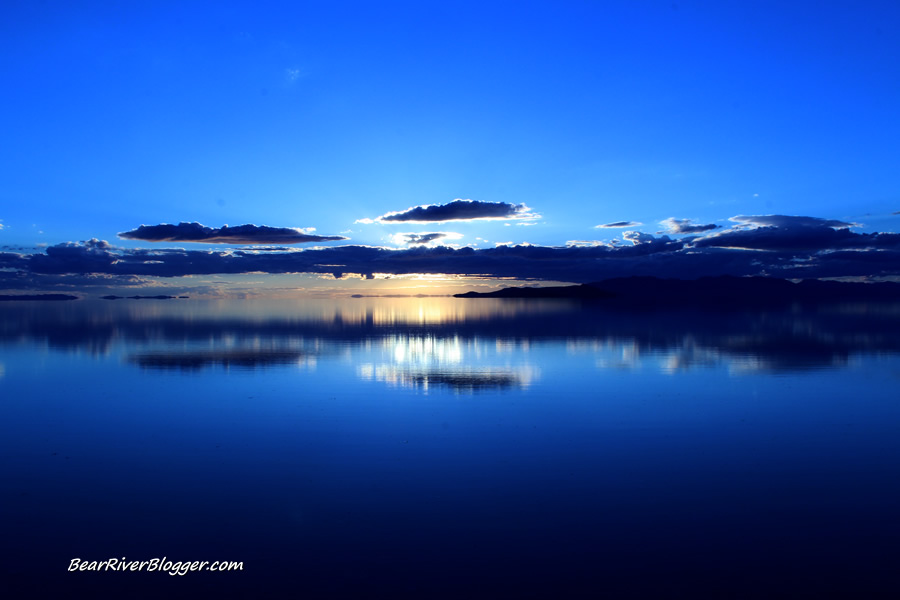Being a nature photographer by heart, I can typically be found with one of my Canon DSLR cameras somewhere nearby.
Not always mind you, but I oftentimes do find it hard to leave home without at least one DSLR camera, a couple bags of photography gear and lenses, and a tripod or monopod for good measure.
(For you photography youngsters or newbies out there, DSLR stands for digital single-lens reflex and is just a digital version of the old film-style single-lens reflex cameras that nowadays utilize a digital light sensor instead of film to capture the image.)
Yes, I know. I definitely have way too much stuff for being just a blogger now, trust me.
Sometimes, however, I’ll admit I don’t like hauling around all of that equipment and, honestly, I just want to enjoy nature without all the bulk and clutter so I force myself to leave the camera and gear home.
But there have been times not having even a simple point-and-shoot camera with me has, well, come back to haunt me, especially when I am out very late in the day and a grand sunset or a mesmerizing scene is sitting before me just asking to be photographed.
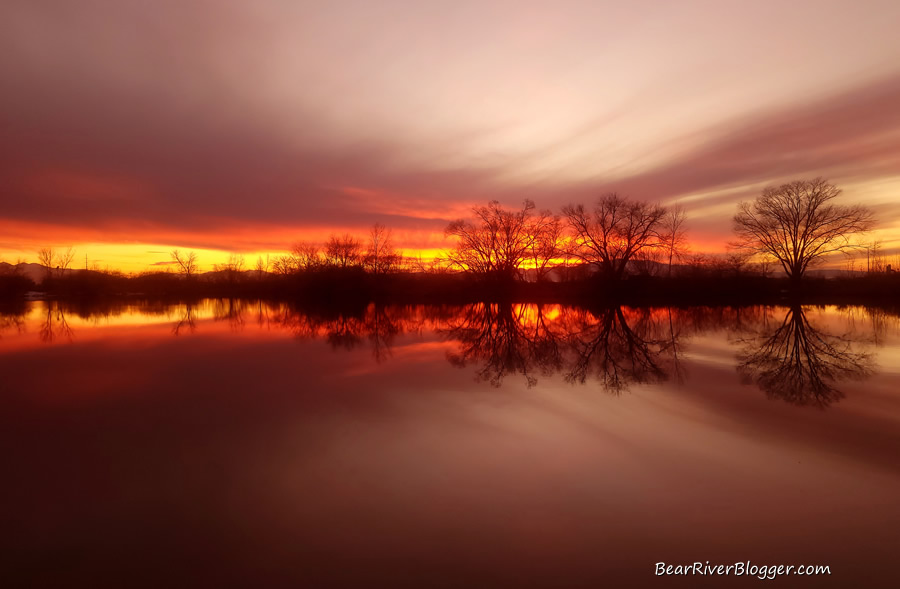
I guess when you think about it, we never really leave home without a camera when there’s a phone in our back pocket but just how good can a smartphone be for nature photography?
Well, I am here to tell you, in fact, even better yet, I am here to show you smartphone cameras have come a long way since their inception and they can take fantastic nature photographs if you follow a couple of the basic rules of photography, namely light and composition.
Like many of us, I too have held off taking the phone in my back pocket seriously as a camera, especially one used for nature photography.
I took my first photo over 30 years ago with an old film-style SLR camera so, yes, I will admit my skepticism is highly biased towards using traditional equipment over technology.
But for us photographers who “cut their teeth” on film cameras back in the day, old tendencies are hard to give up I guess as I’ll admit I had a bit of hesitation with my first DSLR camera as well.
Alright, honestly, I will confess I’ve used my smartphone here and there just to record a quick video update for my YouTube channel or to grab a reference image for my blog but I never really thought of my phone as a real, useful camera until recently that is.
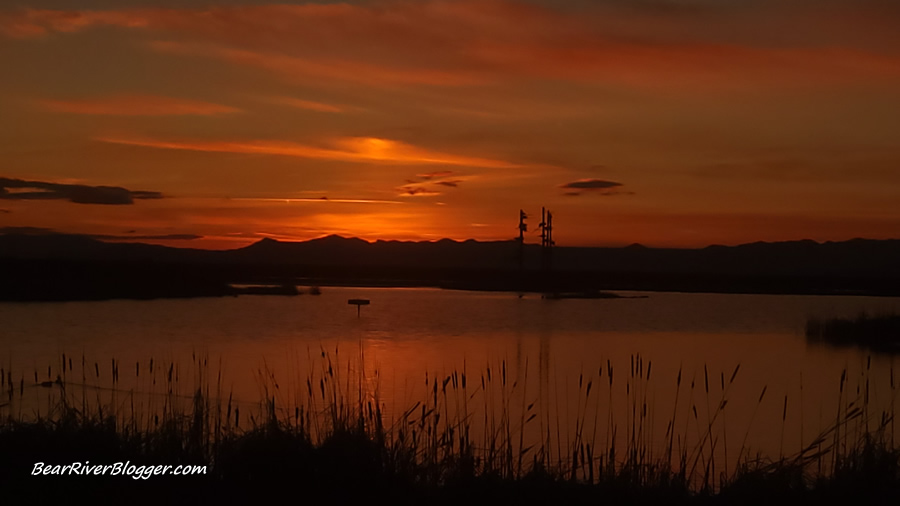
let me just say, I am very quickly changing my tune about smartphone cameras now with how far they have come over the years and from what I am seeing from my own experiences with them.
In fact, all of the images for this particular blog post were recently taken with my smartphone and they have had minimal editing done to them just to prove this very point, smartphone cameras can take great nature photographs when used properly.
The images I’ve uploaded here are very low resolution so as to not bog down the website loading speed, but even with such small file sizes, you can plainly see all of the photos are really good quality and all were taken with my smartphone using a little basic photography knowhow and experience.
Now I know what everybody will say regarding smartphones and nature photography and I whole heartily agree, that there are just some images a smartphone will never be able to truly capture.
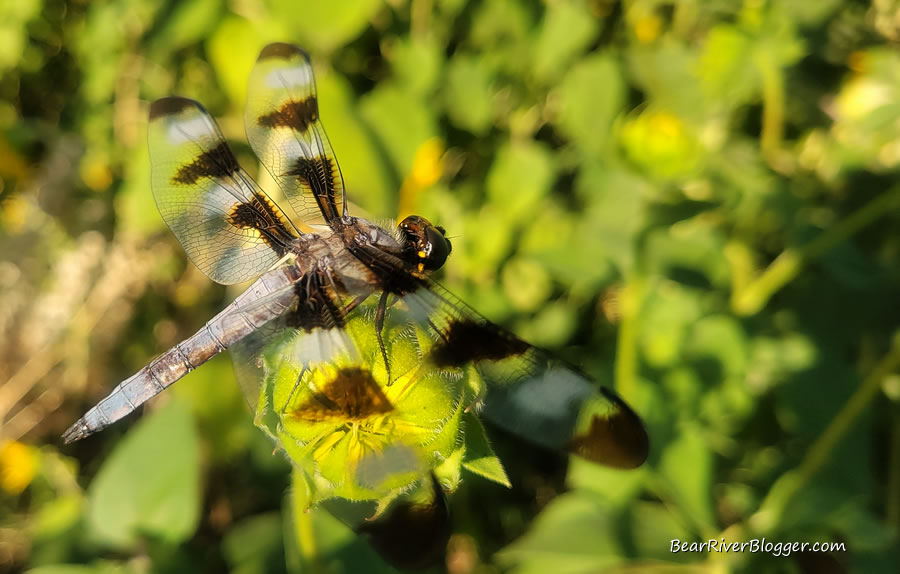
One image that would be extremely difficult to capture with a smartphone, for example, is birds in flight.
I’d be willing to say it would be nearly impossible to take a super clear, extremely sharp, and larger-than-life image of a flying bird with a smartphone that would compare to one photographed with a DSLR camera, especially with a 600 mm lens.
I guess I should never say never but at least I’ve never seen anybody do it with any amount of great success as of yet.
There are just some subjects DSLR cameras are far superior for by, well, their inherent design.
But that doesn’t mean there aren’t plenty of other subjects in nature that can be captured with a smartphone because, well, there are tons of them.
There’s an almost endless supply of images, in fact, you can take with a smartphone if you try and look for them like I am starting to do.
I constantly find a lot of images to photograph in my own backyard, especially with bees, flowers, dragonflies, and, one of my personal favorites, butterflies.
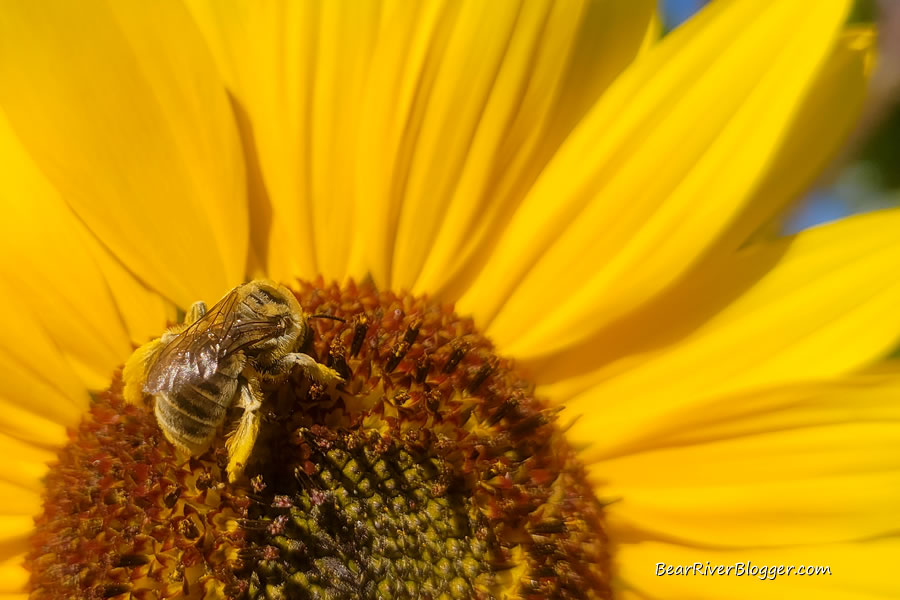
The hardest part with smartphone nature photography, well, with any camera actually, is being ready to take the image when something unique presents itself.
With smartphones, you need to have the camera app open and ready to go when you are in the mood to try and take a nature image, otherwise it just takes too long to get set up when something quickly presents itself like a butterfly or dragonfly perched in the backyard, for example.
And also like DSLR nature photography, you need to practice, practice, and practice some more taking photos with your phone and your own backyard or local city park is a great place to start.
The same photography principles that make a great image apply to both smartphones and DSLR cameras, use the rule of thirds whenever possible and try and keep the sun at your back, having the light come over your shoulder and onto the subject for the most light and color.
I’ll delve more into the rule of thirds and light on another blog post but for now, the best thing you can do is to simply have the sun behind you if at all possible and place the subject off to one side or the other if you can, just not right in the middle of the photo like our first instinct tells us to do.
Set the file size on your phone to as large as the camera will take since smartphone camera sensors are quite a bit smaller than DSLR camera sensors, resulting in a bit of a drop in image quality as a result but still good enough for most non-commercial purposes.
My smartphone has several camera modes set to function best in whatever situation you are in, including a professional mode that, for the most part, is almost fully customizable by you.
But for most of the time, the only exception I personally make is with sunset photography where I do change it to pro-mode, I just leave the camera phone settings alone and just take the picture in the standard camera mode.
Even with a DSLR camera, I put more emphasis on what time of day and what the current light situation is doing than what camera mode I am in.
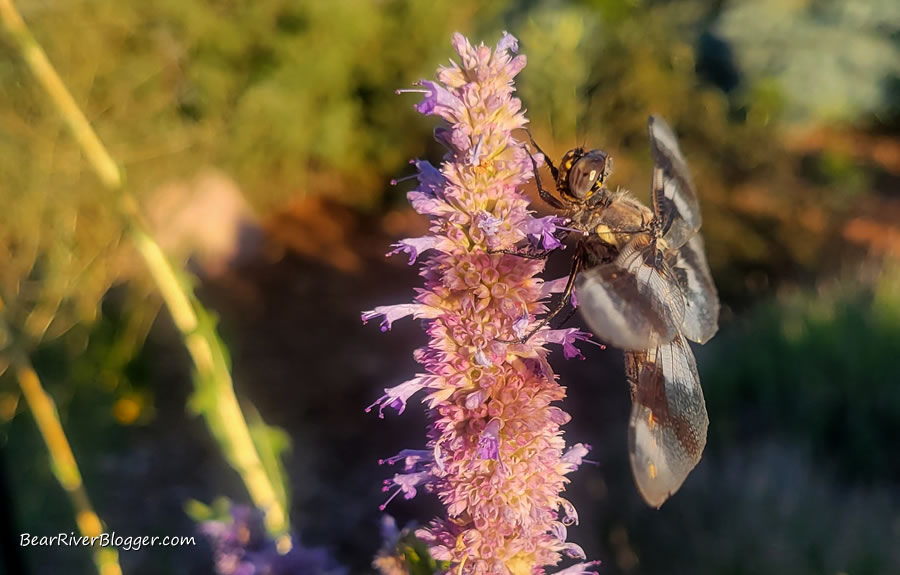
Photographing on sunny days and having the sun at your back is going to give your camera phone the most light as well as color and the best opportunity for, well, the best possible photograph.
That is a simple photography principle that will endure the test of time no matter how good our camera phones become.
Photography is all about capturing light and if you start with the best lighting conditions, no matter which camera you are using, you will end up with the best possible image your camera can take.
One last thing about camera phones, however, that will help keep the image quality as good as can be expected, if you don’t have to zoom in, don’t.
Digital zooms when compared to optical zooms, such as a variable DSLR camera lens, will deteriorate the image the more zoom that is used.
Instead of just magnifying the actual image through a magnifying glass, digital zooms have to, well, sort of digitally “recreate” the larger image, per se and there is always a loss of image quality when it is artificially done in such a manner.
A little zooming usually isn’t noticeable but it is always best to try and get closer to the subject if you can instead of using the digital zoom to any large degree.
The bottom line is this, smartphone cameras are getting better each and every day and are fantastic cameras for many subjects in nature.
Take time to practice with your phone and I am certain you’ll find many subjects you once thought were untouchable with a smartphone camera can now be great images you can post online or even print for the living room wall.
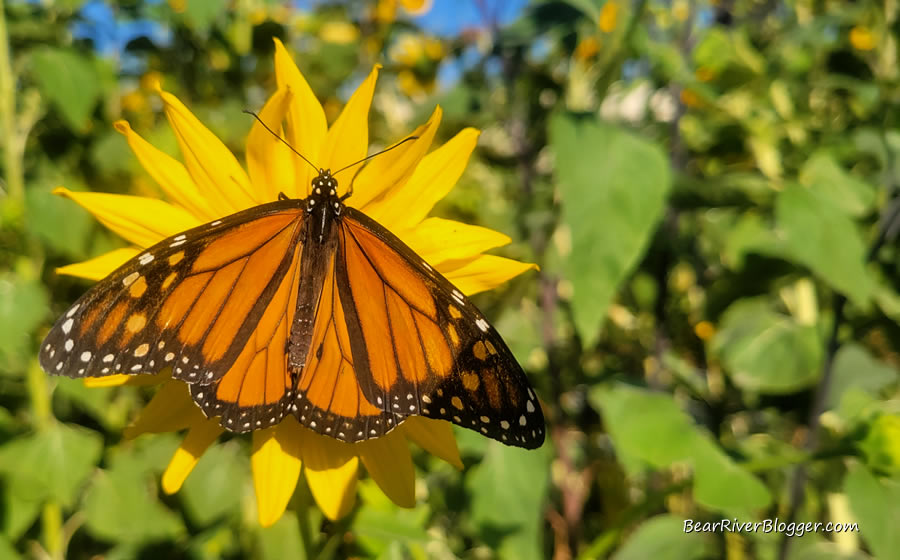
Never in a million years did I think I could take quality pictures of butterflies and dragonflies, for example, with my smartphone camera but as you can see from the images on this post, it is quite possible with a little practice, persistence, and, as always with nature photography, a little bit of patience.
If you love nature and outdoor photography, birds, butterflies, bees, and the like, I offer you to head on over to our subscribe page and sign up for email notifications for future blog posts.
We also suggest if you’re in the market for a nature-related gift for someone, or even yourself, take a look at our online store Bird Shirts and More for an always-growing line of t-shirts, sweatshirts, hoodies, and other gifts we personally design and offer to help keep this website going.
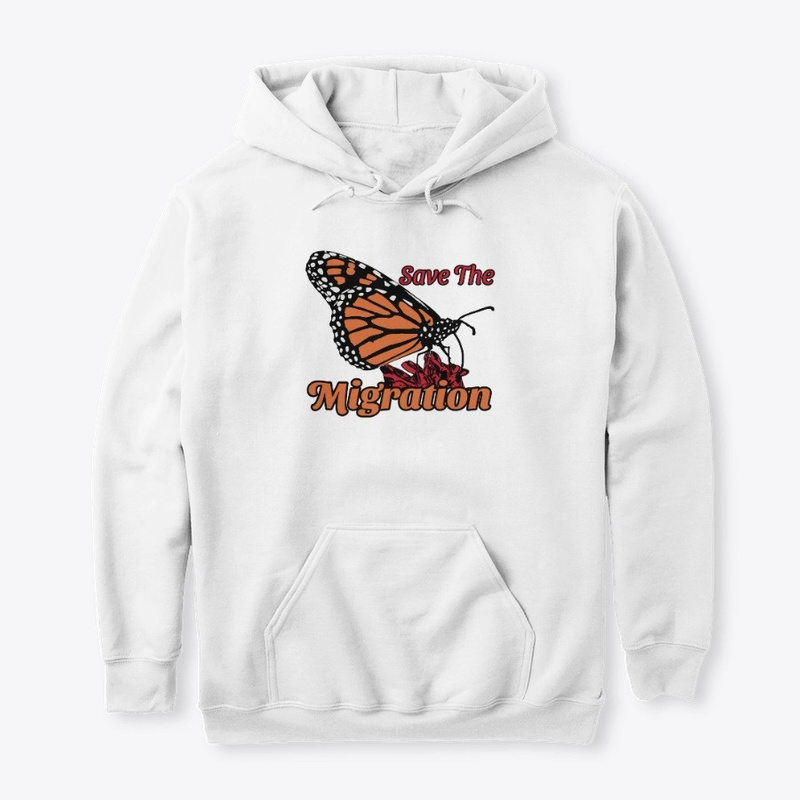
We appreciate your support and don’t forget to use coupon code save20 for 20% off this and all items in our online store.

